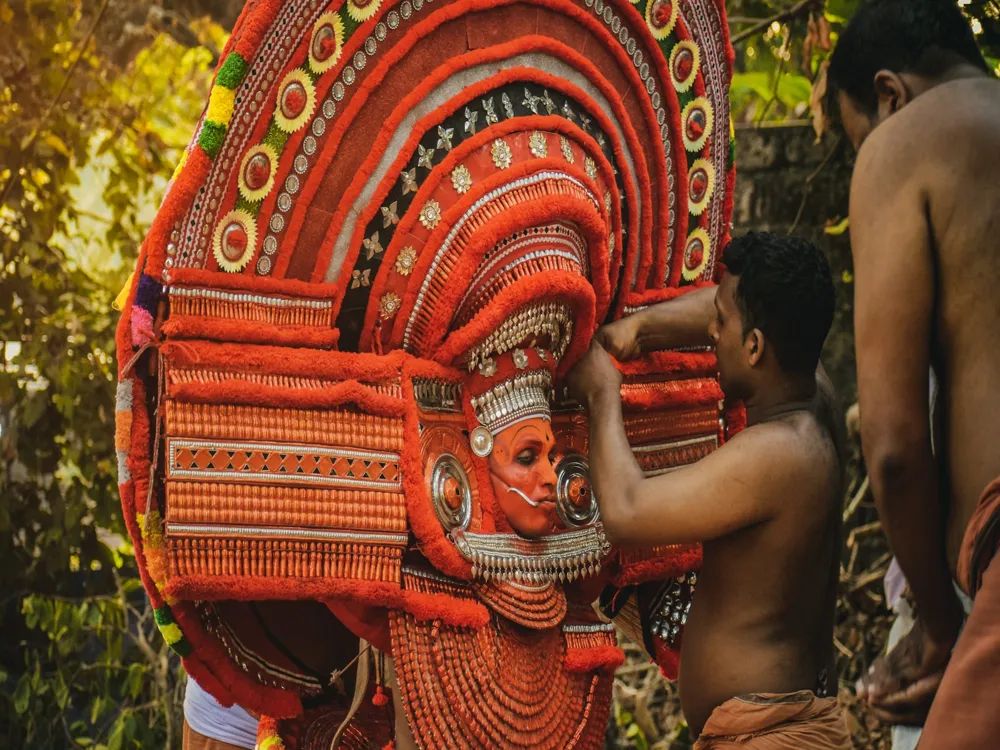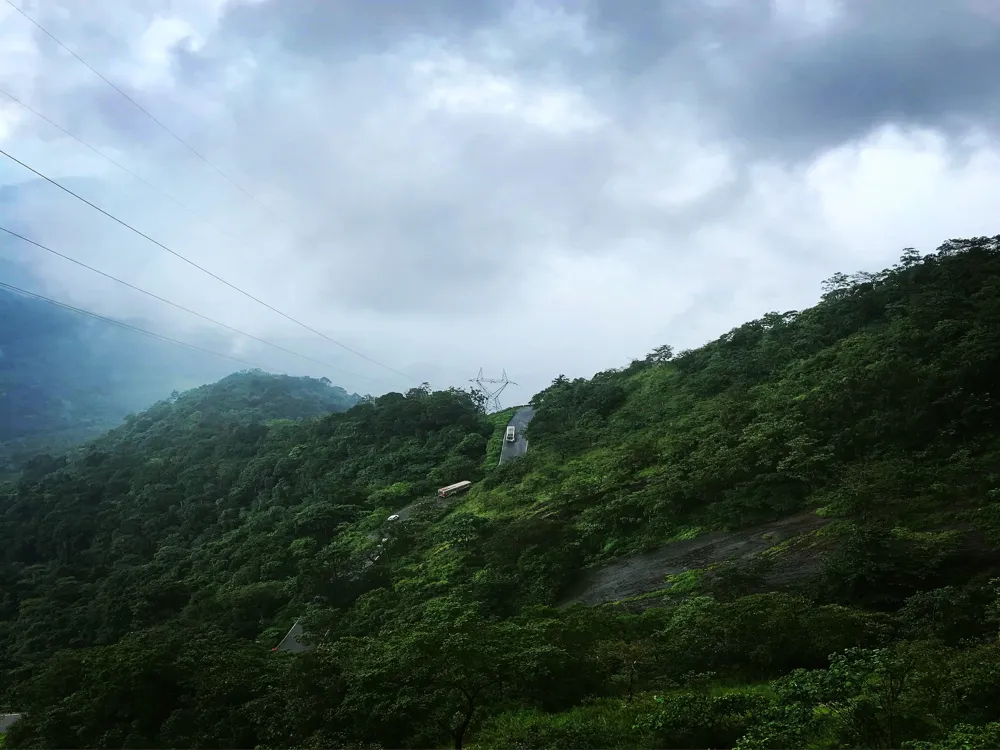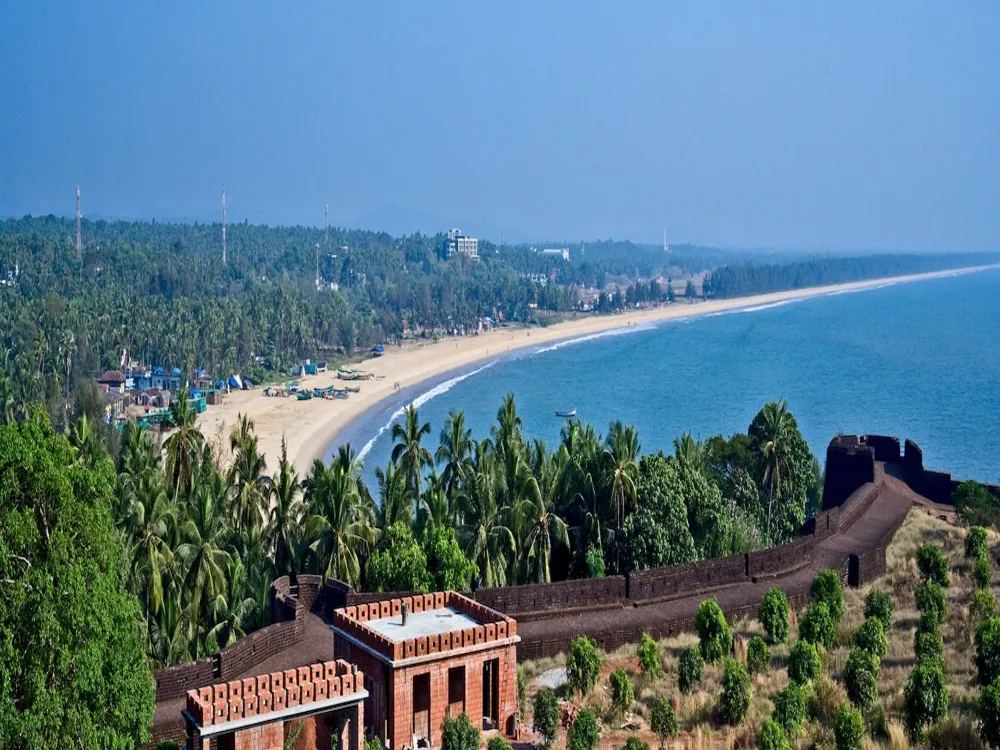Nestled in the serene landscape of Kannur, Kerala, the Sundareswara Temple stands as a splendid example of South Indian temple architecture, rich in history and spirituality. Dedicated to Lord Shiva, known here as Sundareswara, this temple is not just a religious site but a beacon of cultural heritage in Kerala. The temple's origin dates back to the early 20th century, carrying forward the legacy of Kerala's unique temple architecture and Hindu traditions. The Sundareswara Temple, while relatively modern in its inception, is deeply rooted in the lore and legends of Kerala. The temple's establishment is tied to the divine vision of Sree Narayana Guru, a revered spiritual leader and social reformer in Kerala, who envisioned this temple as a place of worship transcending the barriers of caste and creed. This vision is reflected in the temple's open policy for devotees, irrespective of their social background, making it a symbol of social equality and harmony. The temple's architectural brilliance is not just in its structure but also in the intricate rituals and festivals that are an integral part of its spiritual fabric. The annual temple festival, characterized by elaborate rituals, vibrant processions, and cultural programs, draws devotees and tourists alike, turning the temple into a hub of spiritual and cultural festivities. These festivals not only showcase the religious significance of the temple but also highlight the rich tapestry of Kerala's art forms, like Kathakali and Theyyam. Beyond its religious and cultural significance, the Sundareswara Temple is a testament to the harmonious coexistence of nature and spirituality. The temple, surrounded by lush greenery, provides a tranquil retreat for pilgrims and visitors, offering a serene atmosphere conducive to meditation and contemplation. The temple's location in Kannur, a coastal town known for its scenic beauty and historical importance, adds to its allure, making it a must-visit destination for anyone exploring the spiritual and cultural landscapes of Kerala. The Sundareswara Temple of Kannur is a magnificent example of traditional Kerala temple architecture, distinguished by its unique style and intricate craftsmanship. The temple's design embodies the principles of the ancient Indian science of architecture, Vastu Shastra, creating a space that is not only aesthetically pleasing but also spiritually uplifting. The architectural elements of the temple, from its layout to its decorations, are deeply symbolic, reflecting the rich cultural heritage of Kerala. At the heart of the temple's architectural splendor is the 'Sreekovil' or sanctum sanctorum, housing the main deity, Lord Sundareswara (Shiva). The Sreekovil, with its circular shape and conical roof, is an exemplary model of the traditional Kerala style. The roof, covered with copper plates, and adorned with intricate wooden carvings and brass ornaments, stands as a testament to the skilled craftsmanship of Kerala's artisans. Surrounding the Sreekovil is the 'Nalambalam', the inner temple complex, comprising various subsidiary deities and halls for worship. The temple's layout ensures a seamless flow of devotees, facilitating easy access to the various shrines and halls. The temple walls are adorned with murals and paintings, depicting scenes from Hindu mythology, adding to the spiritual ambiance of the space. Another significant architectural feature of the Sundareswara Temple is the temple tank, a common element in Kerala temples, used for ritualistic purposes and adding to the temple's serene environment. The temple complex also includes a 'Namaskara Mandapam', an open hall for prayers and rituals, showcasing exquisite pillars and roofing, reflecting the architectural grandeur of the temple. The temple's architecture is not just a showcase of Kerala's traditional building techniques but also an embodiment of its ecological consciousness. The use of natural materials like wood, stone, and copper, along with the integration of the temple with its surrounding natural landscape, highlights the sustainable aspects of Kerala's architectural traditions. The Sundareswara Temple, thus, stands as a brilliant example of how ancient architectural wisdom can create spaces that are both beautiful and in harmony with nature. Visitors are expected to dress modestly, adhering to the temple's traditional dress code. Men should wear dhotis or formal pants, while women should wear sarees, long skirts, or salwar kameez. It's important to maintain a decorum befitting a place of worship, refraining from loud conversations, and respect the sanctity of the temple premises. Familiarize yourself with the temple's opening hours and the schedule for various rituals and poojas. Planning your visit around these timings can enhance your experience, allowing you to participate in or witness these sacred practices. Be mindful of the temple's specific hours for darshan (viewing of the deity) and other special ceremonies. Understanding and respecting the local customs and traditions is crucial. Engage with the local devotees and temple authorities respectfully, and be open to learning about the temple's history and significance. This approach not only enriches your visit but also helps in fostering mutual respect and cultural exchange. Be aware of the temple's policy on photography. Some areas within the temple complex might prohibit photography to maintain the sanctity of the space. Always ask for permission before taking photos, especially of the deities or during rituals. Check for available facilities like parking, restrooms, and food services. Some temples also offer guide services for a more informative experience. Knowing these details beforehand can make your visit more comfortable and hassle-free. Sundareswara Temple, located in the heart of Kannur, Kerala, is easily accessible by various modes of transport. The nearest airport is Kannur International Airport, which is well-connected to major cities in India and abroad. From the airport, the temple is a short drive away, with taxis and car rentals readily available. For those preferring rail travel, Kannur has its own railway station, Kannur Railway Station, connecting it to various parts of the country. The temple is located at a convenient distance from the station, and local transport like auto-rickshaws and buses are easily available for the final leg of the journey. Road connectivity to Kannur is excellent, with a network of national and state highways linking it to neighboring cities and states. Visitors can opt for state-run or private buses, or drive down to the temple, enjoying the scenic beauty of Kerala's landscapes en route. Regardless of the mode of transport, reaching Sundareswara Temple is a journey that offers a blend of spiritual fulfillment and an opportunity to explore the rich cultural tapestry of Kerala. Read MoreOverview of Sundareswara Temple, Kannur, Kerala
Architecture of Sundareswara Temple
Tips When Visiting Sundareswara Temple
Dress Code and Conduct
Temple Timings and Rituals
Cultural Sensitivity
Photography Restrictions
Facilities and Services
How To Reach Sundareswara Temple
Sundareswara Temple
Kannur
Kerala
NaN onwards
View kannur Packages
Weather :
Tags : Temple
Timings : 5:00 AM - 12:00 PM & 5:30 PM - 8:00 PM
Time Required : 1-2 hours
Entry Fee : No entry fee
Planning a Trip? Ask Your Question
Kannur Travel Packages
View All Packages For Kannur
Top Hotel Collections for Kannur

Private Pool

Luxury Hotels

5-Star Hotels

Pet Friendly
Top Hotels Near Kannur
Other Top Ranking Places In Kannur
View All Places To Visit In kannur
View kannur Packages
Weather :
Tags : Temple
Timings : 5:00 AM - 12:00 PM & 5:30 PM - 8:00 PM
Time Required : 1-2 hours
Entry Fee : No entry fee
Planning a Trip? Ask Your Question
Kannur Travel Packages
View All Packages For Kannur
Top Hotel Collections for Kannur

Private Pool

Luxury Hotels

5-Star Hotels

Pet Friendly






















